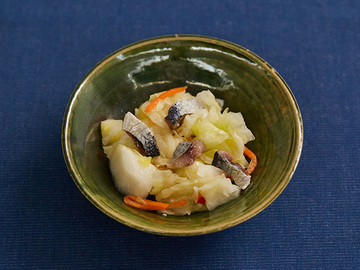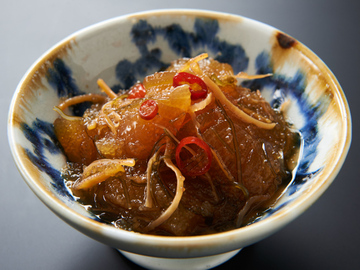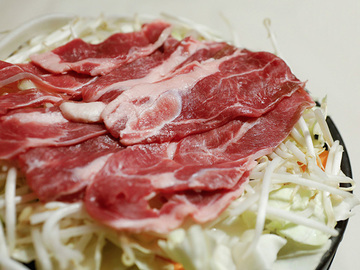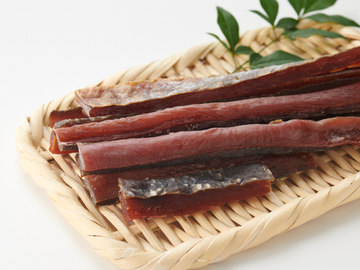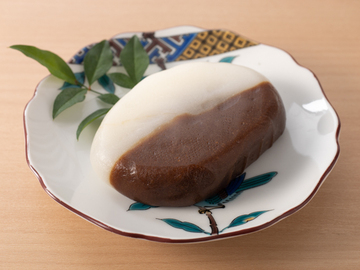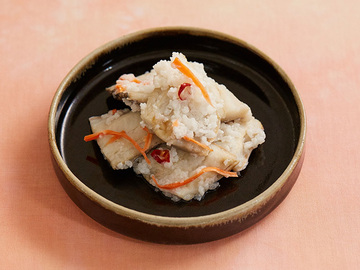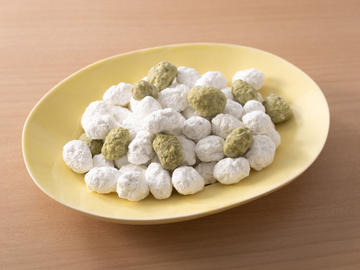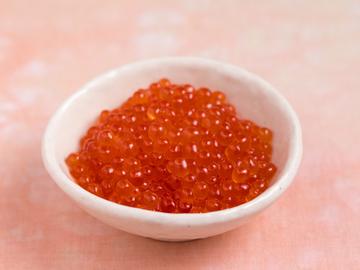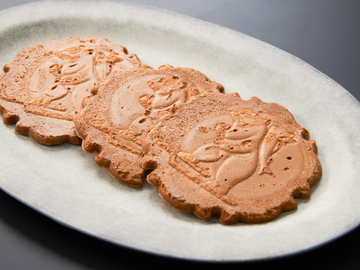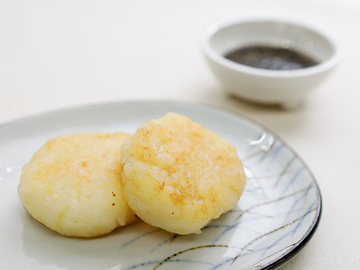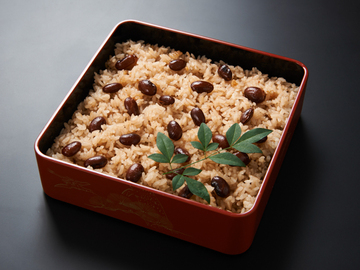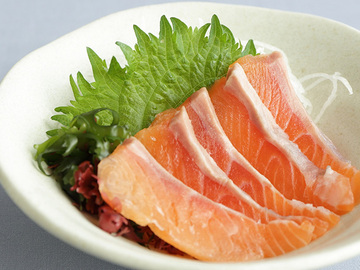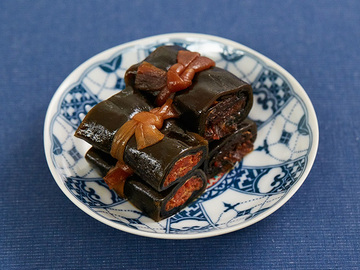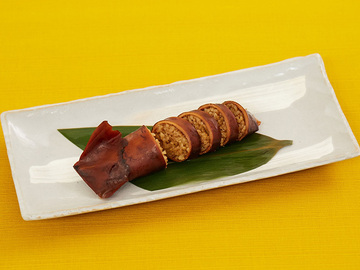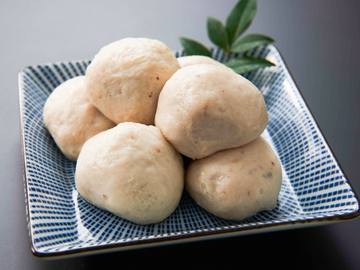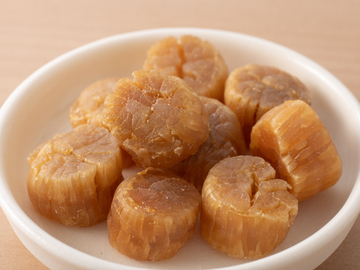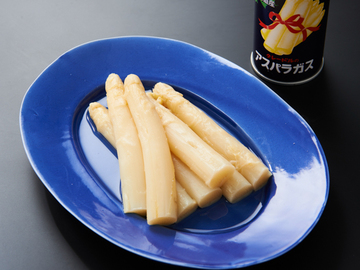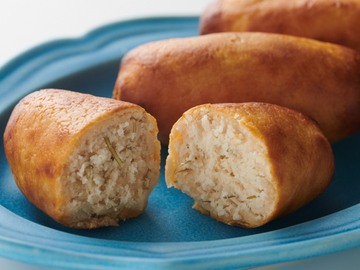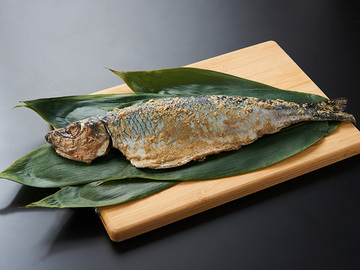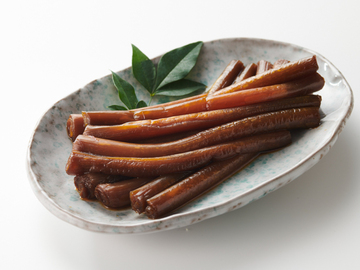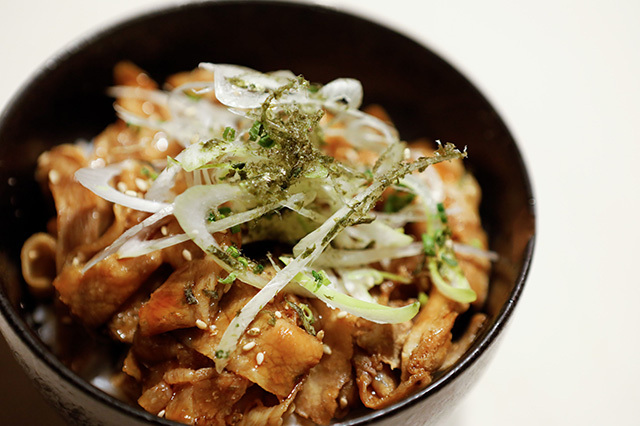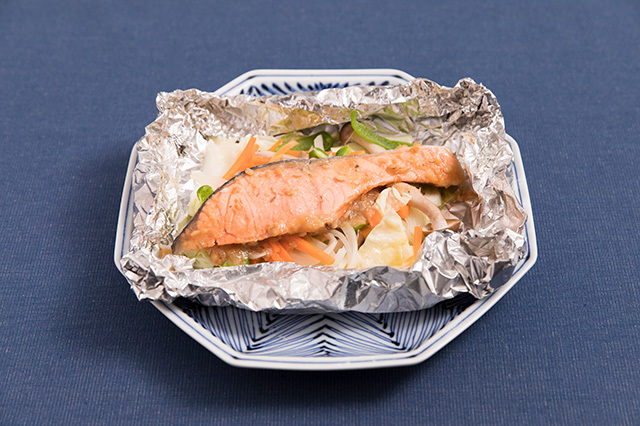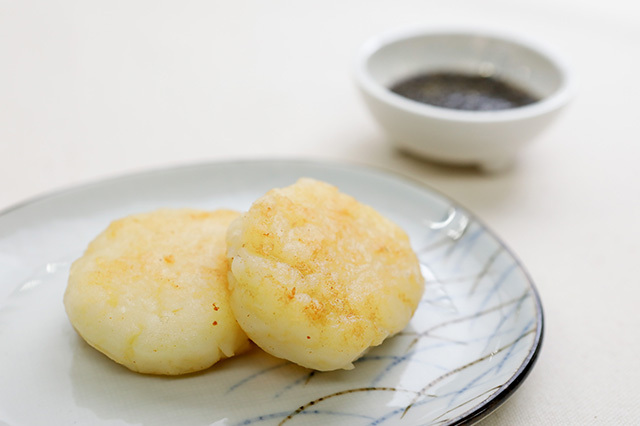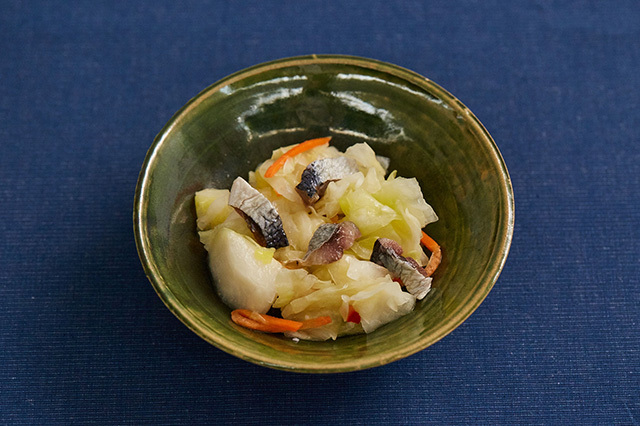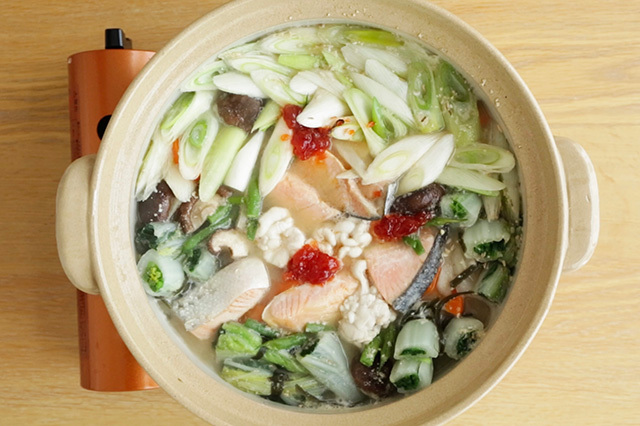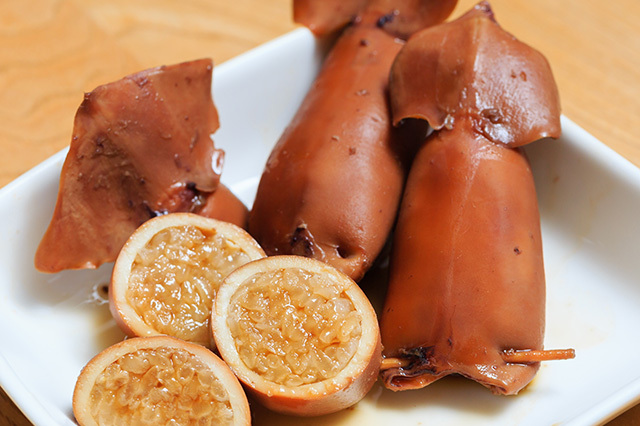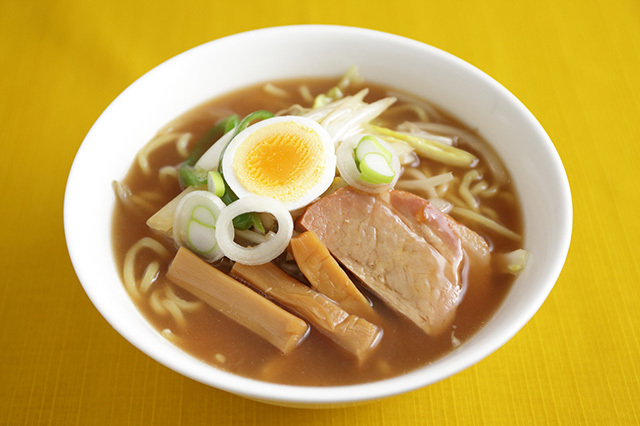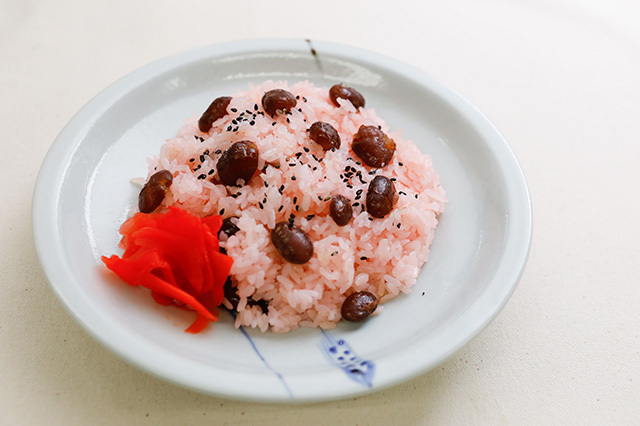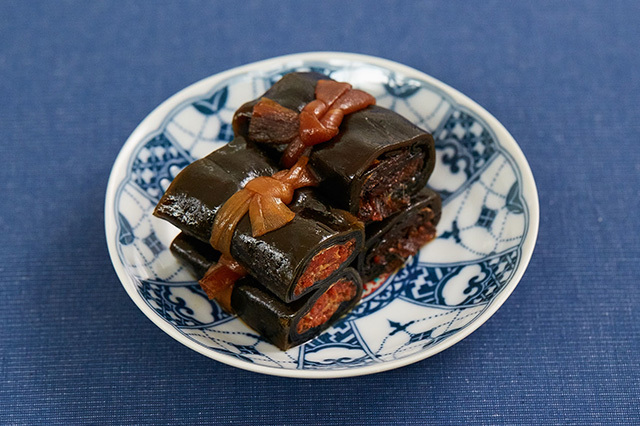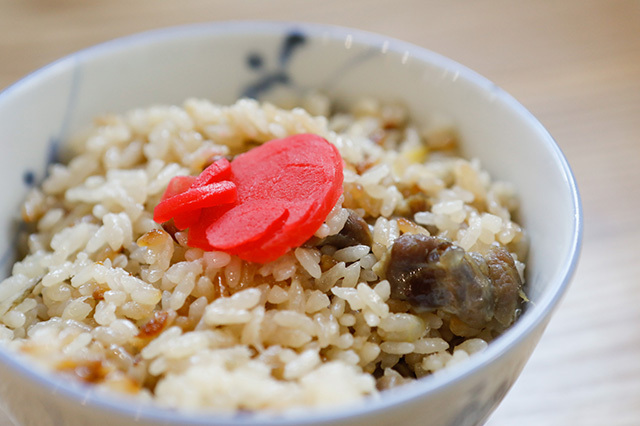Hokkaido

Food Culture of Hokkaido Maturing in line with Modernization
Hokkaido boasts a vast area of 83,424㎢, comprising about 22% of Japan’s total land area. Mountains occupy half of the island, which is surrounded by the vast expanse of the Pacific Ocean, the Sea of Japan, and the Sea of Okhotsk. Bordering on the northern limits of a temperate climate and the southern limits of a subarctic one, Hokkaido is characterized by a cool climate with low humidity and is covered in snow for many months until the spring melt. Each of the four distinct seasons nurtures a rich harvest of foods with regional characteristics.
Back when the land was called Ezochi, Hokkaido was inhabited by the indigenous Ainu people. During the Kamakura era, “wajin” (Japanese mainlanders) from Honshu migrated to Hokkaido and began to trade with the Ainu. In the mid-16th century, the southern part of Hokkaido was designated as a “wajinchi”—a settlement for the wajin people. Then in the early Edo era, the Matsumae Domain was set up by the shogunate. Some of the food cultures introduced by the Ainu and immigrants from Honshu have had an enormous impact on the local cuisine to this day.
History took a sharp turn in the Meiji era. The Meiji government engaged in full-scale development of the region, renaming Ezochi to “Hokkaido” and gathering immigrants from all over the country to promote its modernization. The Sapporo Clock Tower, built during this period, is a historical legacy that conveys the atmosphere of the bygone days.
Hokkaido has developed into Japan’s largest food-supplying region through strenuous endeavors to overcome its cool weather conditions. Efforts have included soil improvement and the introduction of modern agricultural technology from Europe and the United States. Today, Hokkaido is one of the nation’s top producers of many crops such as azuki beans, potatoes and wheat. Visitors can enjoy a greater variety of local flavors by spending time in each of the central, northern, southern, and eastern regions of Hokkaido.

Traditional Foods in Hokkaido

Our Regional Cuisines
in Hokkaido
This is a list of Hokkaido prefecture's local dishes
introduced in "Our Regional Cuisines."
*Clicking on the image will take you to "Our Regional Cuisines."

